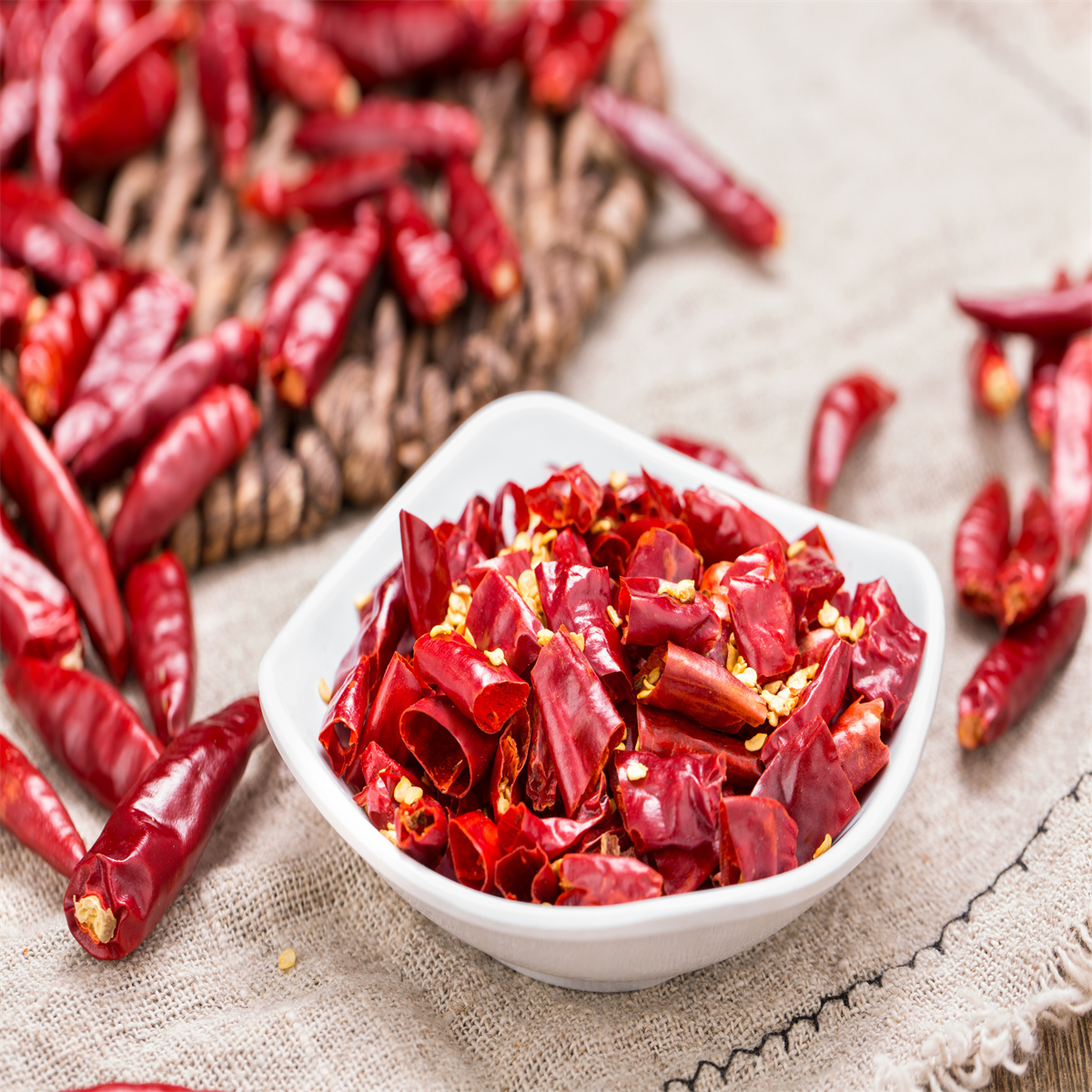Nov . 06, 2024 08:19 Back to list
Red Chili Powder Production and Paprika Manufacturing Facility Overview
The Journey of Red Chili Powder and Paprika A Look into the Production Process
Red chili powder and paprika have become essential spices in kitchens worldwide, adding vibrant color, flavor, and a touch of heat to countless dishes. Yet, many cooking enthusiasts may not fully appreciate the intricate process behind their production. In this article, we will explore the journey of red chili powder and paprika from farm to factory, emphasizing the important roles played by chili pepper cultivation, processing procedures, and quality control.
Cultivation of Chili Peppers
The first step in the journey of red chili powder and paprika begins at the source the chili pepper. These fiery fruits can be traced back to Central and South America, where they were domesticated over 6,000 years ago. Today, countries like India, Spain, and Mexico are among the largest producers of chili peppers. The cultivation of these peppers requires specific climatic conditions – they thrive in warm, sunny locations with well-drained soil.
Farmers usually cultivate different varieties of chili peppers, varying in flavor, heat level, and color. For instance, the Capsicum annuum species is common in producing paprika, known for its mild sweetness, while Capsicum frutescens and Capsicum chinense varieties provide the heat found in traditional red chili powders. The selection of the right chili varieties is essential for achieving the desired taste and characteristics in the final product.
Harvesting
Once the peppers have matured, the harvesting process begins. Farmers typically pick the peppers by hand to ensure that only the ripest fruits are selected. Timing is crucial, as harvesting too early may result in a lack of flavor, while waiting too long can lead to overripeness and spoilage. After harvest, the peppers are transported to a processing facility where they will be transformed into chili powder or paprika.
Processing and Drying
Upon arrival at the factory, the first step in processing is to wash the peppers thoroughly to remove any dirt or pesticide residues. After cleaning, the peppers undergo a sorting process, where they are graded based on size, color, and quality. This sorting is vital since it ensures that only the best peppers are chosen for production.
red chili powder paprika factory

The next step is drying the peppers. This can be done either through sun drying or mechanical methods, including hot air drying. Sun drying takes longer but can enhance the flavor of the peppers, while mechanical drying is more efficient and allows for year-round production. Once dehydrated, the peppers are then ground into fine powder, yielding red chili powder and paprika.
Grinding and Blending
The grinding process transforms the dried peppers into powder, but the quality of the final product depends heavily on the method used. Traditional stone grinding gives the powder a unique texture and flavor, while modern high-speed mills can achieve a finer consistency. After grinding, spices may be blended with other ingredients, such as garlic powder or salt, to create specialty spice mixes.
Quality Control and Packaging
Quality control is an essential part of the production process of red chili powder and paprika. Factories conduct rigorous tests to ensure that the final product meets safety standards and consumer expectations. Factors such as color, flavor, and potency are assessed through the use of laboratory equipment and sensory analysis.
After passing quality inspections, the powder is packaged for distribution. Packaging is not only about preserving freshness but also about branding and marketing. Attractive packaging can draw consumers' attention while also providing them with essential information about the product, including usage suggestions, nutritional content, and origin details.
Conclusion
The journey from chili pepper to red chili powder and paprika involves a series of crucial steps that require careful attention to detail. Understanding this process sheds light on the complexities of spice production and the hard work that goes into ensuring quality products reach consumers. So next time you sprinkle red chili powder or paprika into your dish, take a moment to appreciate the rich history and intricate process behind these beloved spices. From the sunny fields to the factory, every stage plays a pivotal role in bringing these vibrant flavors into our kitchens.

